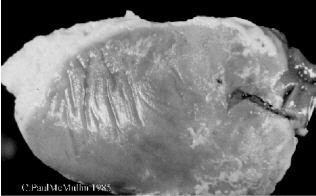



Colibacillosis, Colisepticemia
Introduction
Coli-septicaemia is the commonest infectious disease of farmed poultry. It is most commonly seen following upper respiratory disease (such as Infectious Bronchitis) or Mycoplasmosis. It is frequently associated with immunosuppressive diseases such as Infectious Bursal Disease Virus (Gumboro Disease) in chickens or Haemorrhagic Enteritis in turkeys, or in young birds that are immunologically immature. It is caused by the bacterium Escherichia coli and is seen worldwide in chickens, turkeys, etc.
Morbidity varies, mortality is 5-20%. The infectious agent is moderately resistant in the environment, but is susceptible to disinfectants and to temperatures of 80°C.
Infection is by the oral or inhalation routes, and via shell membranes/yolk/navel, water, fomites, with an incubation period of 3-5 days.
Poor navel healing, mucosal damage due to viral infections and immunosuppression are predisposing factors.
Signs
- Respiratory signs, coughing, sneezing.
- Snick.
- Dejection.
- Reduced appetite.
- Poor growth.
- Omphalitis.
Post-mortem lesions
- Airsacculitis.
- Pericarditis.
- Perihepatitis.
- Swollen liver and spleen.
- Peritonitis.
- Salpingitis.
- Omphalitis.
- Synovitis.
- Arthritis.
- Enteritis.
- Granulomata in liver and spleen.
- Cellulitis over the abdomen or in the leg.
- Lesions vary from acute to chronic in the various forms of the disease.
Diagnosis
Isolation, sero-typing, pathology. Aerobic culture yields colonies of 2-5mm on both blood and McConkey agar after 18 hours - most strains are rapidly lactose-fermenting producing brick-red colonies on McConkey agar.
Differentiate from acute and chronic infections with Salmonella spp, other enterobacteria such as Proteus, as well as Pseudomonas, Staphylococcus spp. etc.
Treatment
Amoxycillin, tetracyclines, neomycin (intestinal activity only), gentamycin or ceftiofur (where hatchery borne), potentiated sulphonamide, flouroquinolones.
Prevention
Good hygiene in handling of hatching eggs, hatchery hygiene, good sanitation of house, feed and water. Well-nourished embryo and optimal incubation to maximise day-old viability.
Control of predisposing factors and infections (usually by vaccination). Immunity is not well documented though both autogenous and commercial vaccines have been used.
 |
| Figure 17. Severe perihepatitis in colibacillosis in a broiler parent chicken. The liver is almost entirely covered by a substantial layer of fibrin and pus. |







